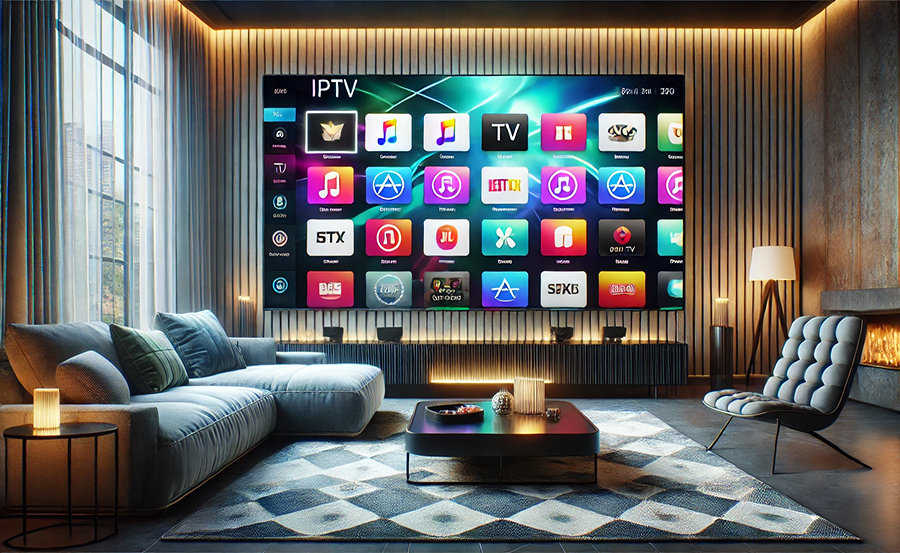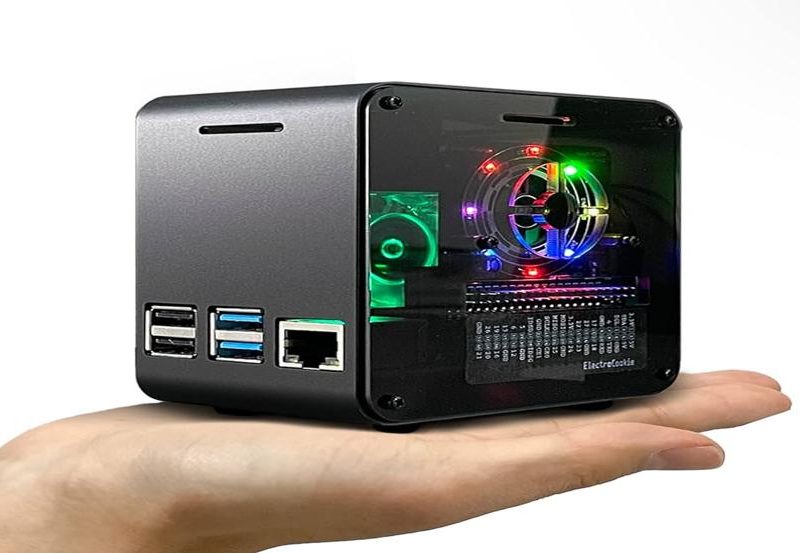With the surge in digital streaming services, IPTV has become an essential component for modern TV lovers, offering flexibility and a variety of content. This guide provides everything you need to know about recording IPTV streams on your Apple TV. Whether you’re a sports fan eager for every match or someone looking to enhance their entertainment setup, understanding IPTV is key.
Buy 1 Year IPTV Subscription and Enjoy Unlimited Content
What is IPTV and How Does It Work on Apple TV?
To master your IPTV entertainment, it’s integral to understand what IPTV stands for and how it functions. IPTV, or Internet Protocol Television, allows consumers to stream content through the internet, as opposed to traditional cable or satellite methods. For Apple TV users, this means accessing a vast array of channels and services directly via internet connectivity.
There are several IPTV apps compatible with Apple TV that facilitate viewing, recording, and managing content. By using these applications, viewers can convert their Apple TV into a dynamic media hub, capable of accessing global content at their fingertips.
Expert Advice:
Subscribe to Best USA IPTV and access thousands of high-quality streams anytime, anywhere.
The Rise of IPTV for Sports Streaming
Sports streaming via IPTV has become immensely popular. With IPTV, sports enthusiasts are no longer restricted by regional broadcasting rights. They can watch any game, any time, from virtually anywhere.
The versatility of IPTV means fans can watch live matches and replays, and even record games for later viewing. This has revolutionized how sports content is consumed, removing barriers imposed by traditional broadcasting channels.
Essentials to Get Started: Installing IPTV on Apple TV
Before diving into the world of IPTV, it’s crucial to understand the installation process. Unlike other streaming boxes, Apple TV requires a bit more finesse in setting up IPTV services. But don’t worry—it’s not as daunting as it sounds.
Step-by-Step Installation Guide
Follow these simple steps to install IPTV on your Apple TV:
- Purchase and install a reliable IPTV app from the App Store, such as IPTV Smarters or GSE Smart IPTV.
- Launch the app and enter your IPTV provider’s details. This typically includes a playlist URL or M3U URL, along with any necessary login credentials.
- Configure app settings to your preference, ensuring you have the best possible streaming experience.
- Test the connection and browse available channels. Make sure to confirm playback works without interruptions.
Choosing the Right IPTV Provider
The effectiveness of your IPTV experience greatly depends on selecting a reputable provider. Here are some considerations:
- Check the channel availability and whether it matches your interests, like sports, movies, and international channels.
- Look for providers with good customer support and technical assistance.
- Review user feedback on streaming quality and reliability.
Recording IPTV Streams: What You Need to Know
Recording IPTV content for later viewing is a game-changer for individuals with a busy schedule. With the right tools, you can capture live streams and watch them whenever suits you.
Methods for Recording IPTV Streams
There are several approaches to record IPTV streams on Apple TV:
- Use an IPTV app that has built-in recording features.
- Utilize third-party software on a compatible device that links with Apple TV, capturing the stream externally.
- Explore cloud-based DVR services offered by some IPTV providers, allowing you to save content server-side.
Legal Considerations
When recording IPTV streams, it’s imperative to remain aware of the legal implications. Ensure that you’re compliant with any licensing agreements or restrictions set by the content providers.
Different regions have varying laws about recording digital content, so take time to research your local regulations to avoid any legal mishaps.
Enhancing Your Viewing Experience
Once you have set up IPTV and understood the basics of recording, enhancing your viewing experience is the next step. This involves customizing your settings and exploring add-ons or additional equipment.
Optimizing Picture and Sound Quality
For many, the quality of their viewing conditions is just as important as the content itself. Here are a few tips:
- Use a high-speed internet connection to reduce buffering interruptions.
- Adjust the video settings in your IPTV app to match your TV’s capability, maximizing picture clarity.
- Invest in a quality sound system or soundbar for enhanced audio.
Future-Proofing Your Setup
Technology evolves rapidly, and staying ahead is important for long-term satisfaction. Keep your equipment and subscriptions updated to avoid tech obsolescence.
Explore newer IPTV apps and try beta features for advanced functionalities. Regularly checking firmware updates for your Apple TV can prevent potential compatibility issues.
Frequently Asked Questions

How can I optimize IPTV for sports streaming on Apple TV?
To optimize IPTV for sports streaming, ensure your app supports high-definition streaming. A stable high-speed internet connection is crucial to prevent buffering, which frequently affects live sports.
What should I do if IPTV doesn’t work on Apple TV?
First, double-check your internet connection and ensure your input details are correct. Restart your Apple TV and app. If the issue persists, contact your IPTV provider’s customer support.
Are there any free IPTV services I can use?
While free IPTV services exist, they generally offer limited channels and are more prone to interruptions. Paid services typically provide a more reliable and secure streaming experience.
Is it legal to record IPTV streams?
The legality of recording IPTV streams varies based on local laws and the specific terms of your IPTV subscription. Always review your agreement and local intellectual property laws.
How do I ensure my IPTV setup is secure?
Utilize a reputable VPN service to enhance privacy and consider using firewall settings on your home network. Regularly updating your apps and Apple TV firmware also ensures improved security.
IPTV Black Screen Fixes: Diagnosing and Solving Display Problems





